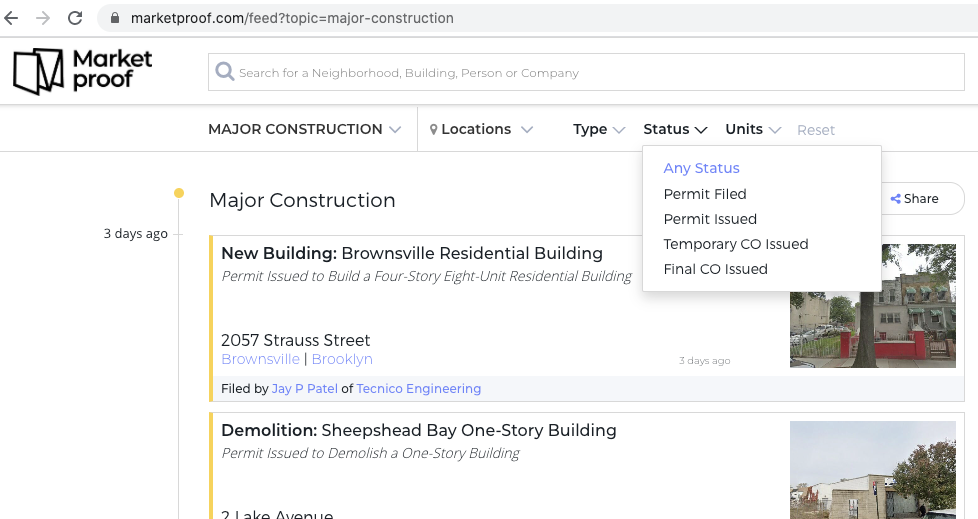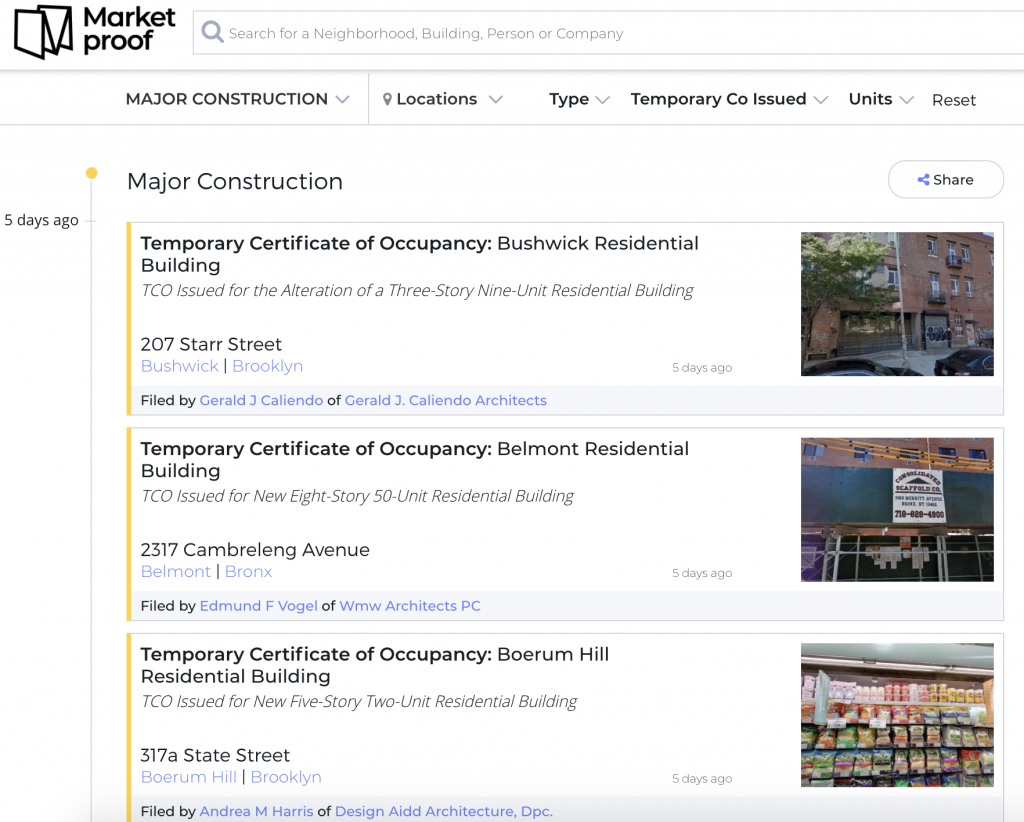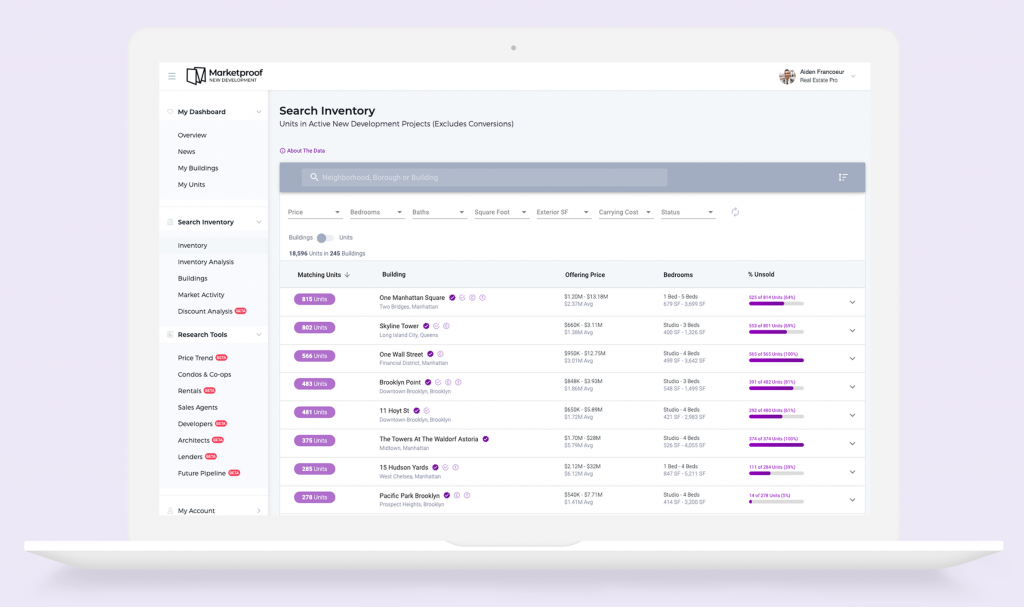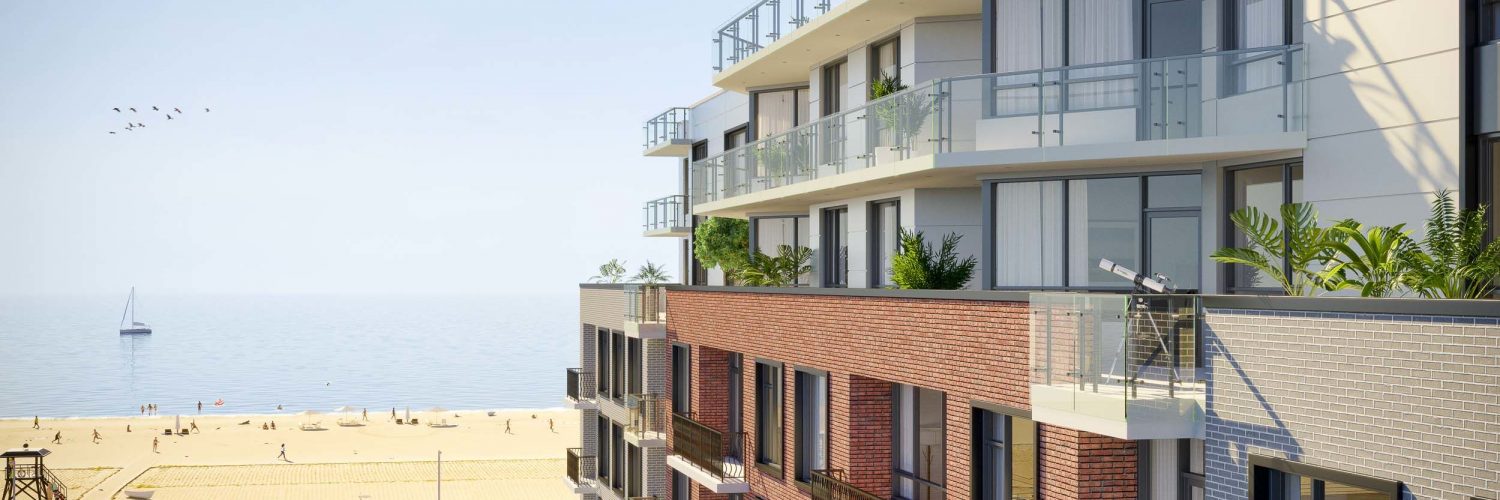The NYC Buildings Department grants a Certificate of Occupancy (CO) to declare that a building is safe to inhabit. The CO also states what kind of occupancy is permitted in a building.
The Buildings Department doesn’t allow anyone to legally occupy a building until it has issued a CO or a Temporary Certificate of Occupancy (TCO).
Therefore, the CO, or TCO, is a key moment in the life of a condo building. After the sponsor, or developer, receives a TCO, closings may begin in a new development.
What is the difference between a Certificate of Occupancy and a Temporary Certificate of Occupancy (TCO)?
A Temporary Certificate of Occupancy (TCO) signals that a building is safe to occupy but that the sponsor must resolve outstanding issues before receiving a final CO.
A TCO typically lasts 90 days, by which time a building must get another TCO or a final CO. In large buildings it is common for TCOs to be issued every 90 days for several years.
Check out Marketproof Pro for the most information anywhere on NYC condos and resales.
Why is it helpful to know when a new development gets its Temporary Certificate of Occupancy?
This may be the single moment of the development process when sponsors are hungriest to strike deals. The sponsor will have just received permission to close on condo units. They will be eager to start closing, especially in a buyer’s market.
Knowing when the latest TCOs have been issued empowers you to seek out prime deals and negotiate effectively. It also simply helps you spot new condo listings before other prospective buyers.
How do I know which buildings have received TCOs?
Real estate data platform Marketproof keeps the most up-to-date feed on TCOs issued by NYC. You can find this webpage on major NYC construction via the Marketproof homepage. Simply hover over “status,” and select “Temporary CO issued” in the drop-down menu.

Below is the result: a frequently updated feed of the latest NYC condos to receive TCOs. You can click on each building for more details.

You can also subscribe to Marketproof Pro, a service by Marketproof, for the most comprehensive information anywhere on New Developments. Marketproof New Development provides information on recent sales comparable to the condo you’re considering; shadow inventory, or available condos not publicly listed; and a holistic view of the building to help you navigate the market like a pro.
What happens if a building never had a CO?
NYC first issued Certificates of Occupancy in 1938. Buildings that pre-date 1938 may have a Letter of No Objection issued in lieu of a CO. This document confirms a building’s legal use.
Can I purchase a property without a CO?
You can’t close on a purchase in a new development until the city issues a TCO. In an older building, the city may block the sale or require the building get a TCO in order for the sale to proceed.
After the sale, a CO must then be fulfilled by the new owner. Also, it may be very difficult to get a conventional lender to extend a loan without a CO.
When is a CO issued?
The city must inspect a building before it can issue a CO. If a building “complies with all applicable laws, all paperwork has been completed, all fees owed to the Department have been paid, all relevant violations have been resolved, and all necessary approvals have been received from other City Agencies,” then a CO will be issued.

Marketproof Pro
By using Marketproof Pro, you will be able to search both publicly listed properties and unlisted off-market properties not available on popular listing sites. Marketproof can increase the inventory you see by 9-10x what you may see on other sites.
Image courtesy of One Sixteen.



